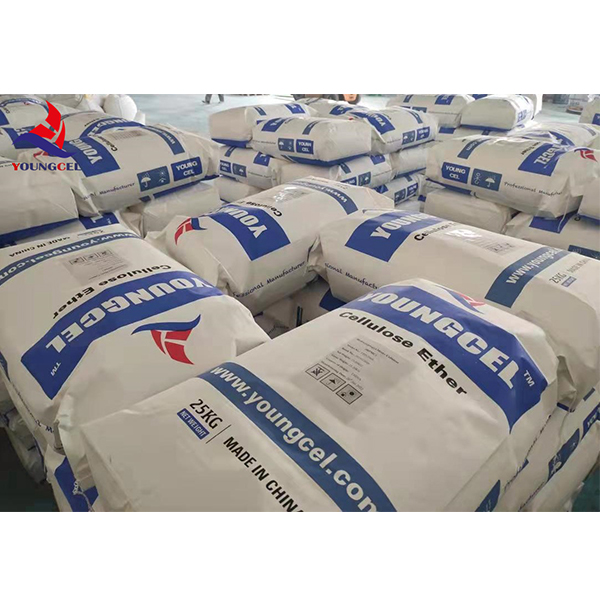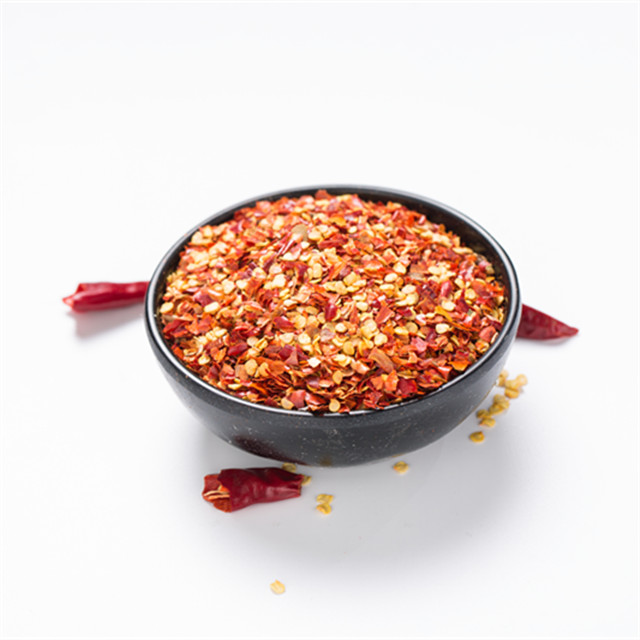Exploring the Chemistry of Tile Adhesives and Their Bonding Properties
Ceramic tile sealant is also called ceramic tile sealant. It is mainly used for filling and bonding the gaps between ceramic tiles. It can not only make the surface beautiful, but also make the bonding between ceramic tiles tight, and prevent the penetration of water and erosion of other external factors. Today,Shijiazhuang Gaocheng Yongfeng Cellulose Co, Ltd . will give you a little explanation.
It is composed of cement, aggregate, hydroxypropyl methylcellulose hpmc, redispersible latex powder, etc
Its main raw materials are
1. Cement, inorganic gel material, model 425, black cement is used as gray joint filler, and white cement is used as white joint filler
2. Use heavy calcium and fine filler as filler and adjust its consistency
3. hpmc: As a water retaining agent and thickener, it can keep the water in the tile sealant stable, and ensure that the water in the cement mortar in the thin layer construction process will not be quickly absorbed by the substrate and tiles, or the water on the surface will evaporate quickly, so as to ensure that it can be hardened in a good state
4. The ceramic tile joint sealant powder can play a lubricating role, improve the workability of the joint sealant, reduce the water permeability, and greatly enhance the adhesion and strength to all substrates
5 Carbon black is added only when producing black joint sealant, while it is not necessary to add this component when producing white joint sealant
How to carry out the construction of tile jointing agent
1. Clean up the place to be pointed without loose matters.
2. Pointing shall be carried out 24 hours after the face tiles or plates are pasted
3. Add water and mix it evenly. The amount of water should be as required. It should not be too diluted or viscous to affect the construction effect
4. Leave it for 5-10 minutes and mix it evenly before construction
5. Spread the coating evenly with a plasterer
6. Before the tile jointing agent is solidified, sponge off the excess part. If it has been more than 24 hours, use tile cleaner to remove it
Hydroxypropyl methyl cellulose is a water retaining agent and thickener of tile jointing agent, and is an additive material of tile jointing agent.
 This process not only utilizes renewable resources but also contributes to waste reduction as some paper products can be recycled multiple times This process not only utilizes renewable resources but also contributes to waste reduction as some paper products can be recycled multiple times
This process not only utilizes renewable resources but also contributes to waste reduction as some paper products can be recycled multiple times This process not only utilizes renewable resources but also contributes to waste reduction as some paper products can be recycled multiple times cellulose polymer .
cellulose polymer . It also enhances resource optimization, as managers can monitor equipment usage and workforce allocation from a centralized platform It also enhances resource optimization, as managers can monitor equipment usage and workforce allocation from a centralized platform
It also enhances resource optimization, as managers can monitor equipment usage and workforce allocation from a centralized platform It also enhances resource optimization, as managers can monitor equipment usage and workforce allocation from a centralized platform construction rdp .
construction rdp .Crack Filler
Exterior Insulation and Finish System ( EIFS )
MHEC is a methylcellulose derivative made from natural polymeric cellulose. It is widely used as a water retention agent, thickener, binder, and dispersant in the dry-mix mortar industry, oil drilling, detergents, and paints in many different industries.
Specific applications and their role in the application are as follows.